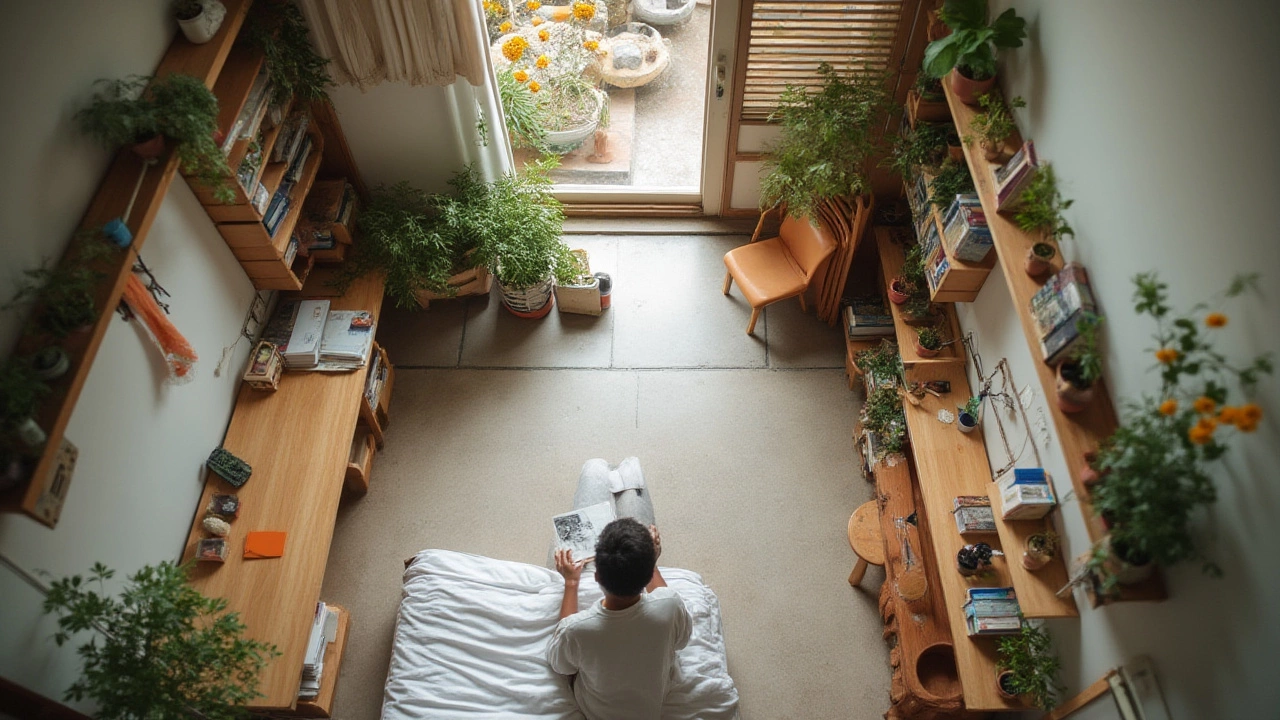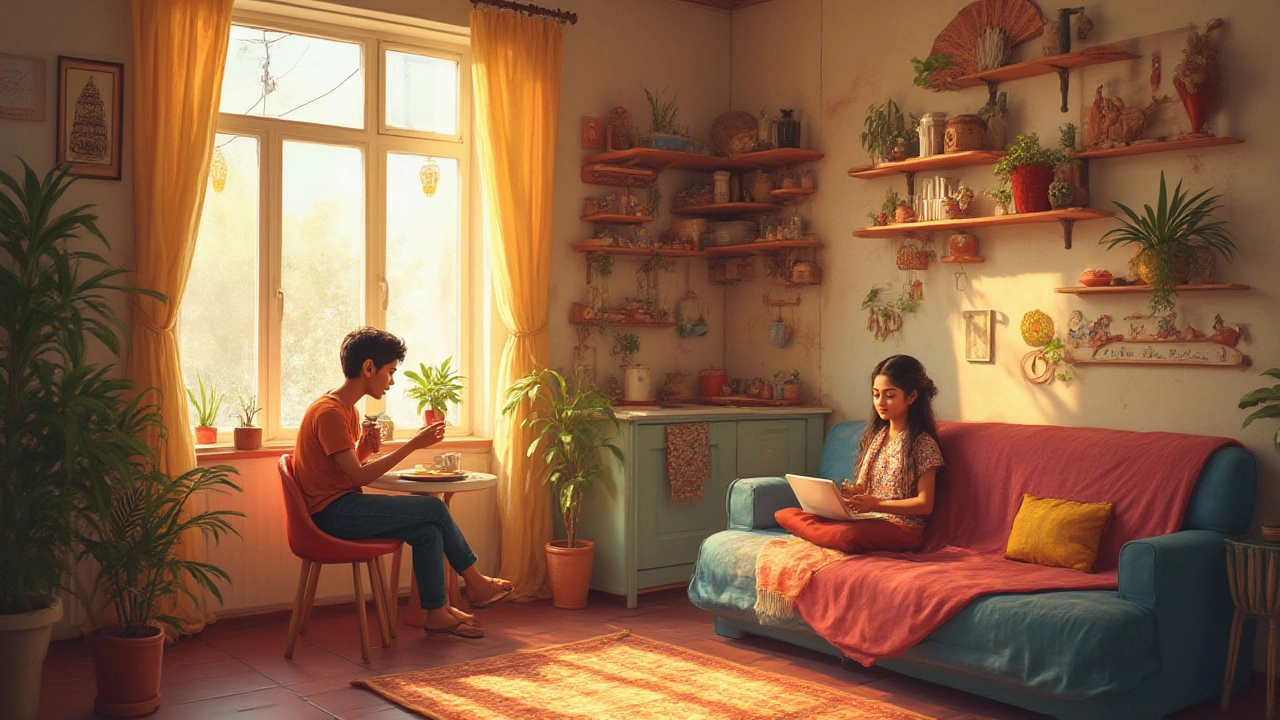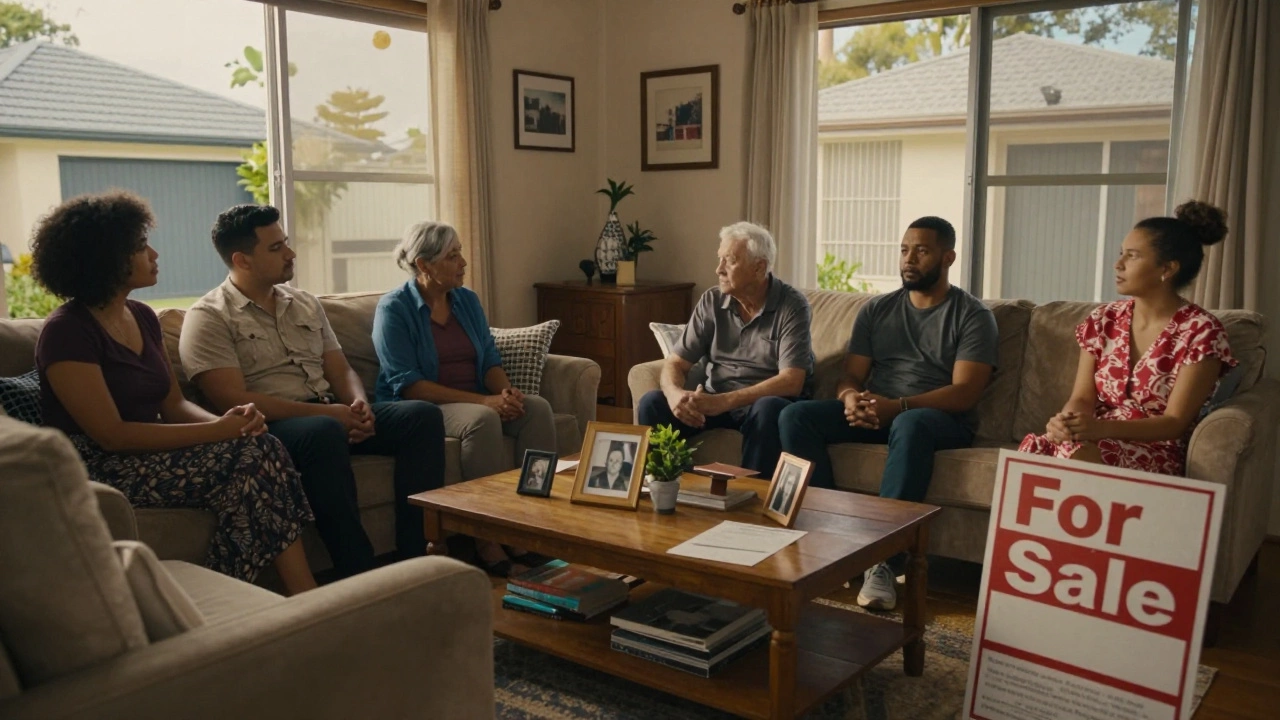Does 300 square feet sound huge or tiny? If you’ve never measured out the space, you might be surprised by how big—or how small—it actually feels. In TV shows, the main character always seems to have a giant loft, but in real life, a 300 sq ft apartment is often labeled a micro-apartment or studio and packs everything into a tight space. Picture this: it’s about the size of a well-equipped hotel room, maybe a little bigger than a double garage, or two standard parking spaces side by side. That’s what you’ve got to work with—every single thing you need, squeezed into less area than it takes to play a half-court basketball game. Want to know if you could actually live in that? Let’s get honest about what fits, what doesn’t, and whether it can actually work for you.
How Big Is 300 Sq Ft in Real Life?
First things first: how much is 300 square feet, really? Draw a square that’s just under 18 feet on each side—17.3 feet, to be exact—or imagine a rectangle that’s about 15 feet by 20 feet. For context, the average parking space is about 9 feet by 18 feet (162 sq ft), so two of those lined up baseline-to-baseline is pretty much your apartment. That’s not a lot, but there’s just enough room to fit the basics if you don’t overdo it. Think of a hotel room with a bathroom, a bed, maybe a small desk, and not much more—with you living there full time.
Let’s put it another way: most primary bedrooms in new homes are bigger than this whole apartment. In India or New York City, a 300 sq ft apartment is normal for a student, a working professional staying alone, or a couple who packs light and loves city life. You won’t find a big kitchen, a king-size bed, or extra space for guests. What you get is a single open living area (often with a mini kitchenette), a tiny bathroom, and a little closet. Every single item you own needs to earn its spot. People who go for these apartments do it for one reason—location is non-negotiable or the rent fits their wallet.
It’s tempting to think you’ll “make it work,” but the reality can be a shock. If you’ve watched those home makeover reality shows, you’ll know that clever storage, fold-away beds, and multi-purpose furniture are the only way to make this lifestyle possible. Even if you’re a minimalist, 300 sq ft challenges your habits. Forget about buying in bulk, storing a bike indoors, or hosting dinner parties for friends. At best, you could cook for one or two people at a time, maybe three if they’re willing to squeeze in.
But here’s the cool part: if you crave efficiency, you might actually thrive. You’re never more than a few steps from your fridge or the bathroom. Cleaning is fast, and you’re forced to only keep what you use. That can be an amazing feeling if you’re tired of clutter and constant tidying.
What Fits Inside a 300 Sq Ft Apartment?
The golden rule for a 300 sq ft apartment? Every inch counts. Start by figuring out what you can’t live without. The bed is usually the biggest thing, so studio apartments often use sofa beds, Murphy beds that fold up, or lofted beds with storage underneath. Tuck your bedding away during the day and instantly open up a living area—this is the classic small-space hack, and it’s popular in cities like Tokyo, Mumbai, and New York.
Kitchens in 300 sq ft places are more like kitchenettes. There might be a mini fridge, two-burner stove, a microwave, and a tiny counter—think student dorm but slightly fancier. Some landlords set up combination washer-dryers or laundry units, but usually, you’re using a shared laundry in the building. Storage cabinets run vertical—high shelves, heavy-duty hooks on doors, and wall-mounted racks turn empty walls into valuable organizers.
The bathroom is compact, rarely more than 30-40 sq ft. Expect a standing shower, a compact toilet, and a micro sink—no room for baths, dual vanities, or luxurious skin care setups. Some places use a “wet bathroom” concept, where there’s almost no divider between the shower and other fixtures. Easy to clean, but be ready for everything to get damp when you shower.
If you love entertaining, you’ll need to embrace cozy gatherings or meet people at coffee shops instead. You can fit a small table—a fold-down or drop-leaf type is best—or just use a sturdy coffee table that can double as a dining space. Two chairs usually max out the seating before the place feels crowded.
Let’s talk closets. This is where most people struggle. Some 300 sq ft apartments have just a rod with a shelf above, so out-of-season clothes will have to go into under-bed bins or inside clever storage ottomans. Vertical organizers and wall hooks can help keep shoes and bags off the floor. Even minimalist dressers sometimes take up more space than they’re worth.

Everyday Life and Daily Challenges in 300 Sq Ft
Living the tiny life isn’t just about physical space—it changes the way you shop, clean, socialize, and even relax. Once you’ve moved in, you quickly figure out what works and what doesn’t. Shopping is an adventure: You can’t store much, which forces you to buy only what you need, often every few days. Bulk shopping is off the table, and so are big kitchen gadgets—no air fryers or bread machines unless you plan to keep them on the counter all the time.
Clutter builds up fast. If the floor isn’t clear, the apartment instantly feels crowded, so staying organized becomes a daily habit rather than a once-a-month cleaning session. Items that don’t have a home end up tripping you up—literally. Get ready to become a master of organizing, rolling clothes, and stacking storage bins.
Hosting friends means getting creative. Two or three guests can visit at a time, as long as everyone’s cool with squeezing onto the same sofa and perching drinks on a shared table. Any more, and you’re probably gathering outside. Many people in 300 sq ft apartments use local parks, coffee shops, or rooftop lounges for bigger get-togethers, treating home as a place to sleep, eat breakfast, and relax quietly.
Do you work from home? That’s another challenge. Most micro-apartments don’t have dedicated home offices. Instead, a wall-mounted fold-down desk, a floating shelf, or a small table in the corner has to do the job. You’ll find yourself shifting between “living room” and “office” in about five seconds flat. Noise-canceling headphones help, especially if you live in a lively building.
Here’s a bonus most people forget—heating and cooling. It costs less to condition air for 300 sq ft, but it can be hard to regulate temperature. If the windows face the afternoon sun, it’ll get hot quickly, so blackout curtains are a must. In the winter, one space heater might be enough, but small apartments tend to get stuffy fast—open windows frequently to air things out.
Tips and Tricks: Making a 300 Sq Ft Apartment Feel Bigger
So, how do you make small living work? There are real-world tricks that people swear by. Open shelving in the kitchen helps you see what you’ve got, and glass-front cabinets create a sense of depth, making walls look less cramped. Use mirrors—in strategic spots, they bounce light around and make rooms feel twice as large. Light, neutral colours work better than dark shades for walls and floors. You’ll see this in apartments staged by professionals almost every time.
One golden tip: multi-functional furniture. A bed that converts to a couch, a coffee table with built-in storage, or a fold-down desk can save so much space. Nesting tables are a favorite—you can pull them out when needed and stack them to the side otherwise. Floating shelves, wall hooks, even pegboards for kitchen tools will keep clutter off the counters and floors.
Lighting has a huge impact. Overhead lights can be harsh, so scatter smaller lamps around the apartment. Use battery-operated LED strips in closets or under cabinets—easy to install, cheap, and they barely take up any space.
If you don’t have a lot of floor area, think vertical. Wall-mounted bike racks, shoe organizers on the back of doors, and tall bookcases create more storage than you’d expect. Roll-under storage boxes for seasonal clothes or spare linens are a game changer.
Want some quirky inspiration? Some tenants mount foldable dining tables to the wall—think of a cutting board that can flip up to become a table for two. If you cook a lot, buy only the essentials. A single nonstick pan, a chef’s knife, and a cutting board might be all you need.
Plants help soften small spaces. Even in 300 sq ft, a few well-placed plants (especially hanging ones) create a cozy vibe without eating up counter space. And don’t forget to keep your windows unblocked by heavy curtains or big furniture; natural light can double the sense of space.

Is a 300 Sq Ft Apartment Right for You?
If you’re choosing a 300 sq ft apartment, you’re joining a global trend. Major cities everywhere are seeing younger people and digital nomads embrace micro-apartments to live affordably in sought-after neighborhoods. Tokyo, Paris, Mumbai, and San Francisco all have communities of people thriving in spaces this small. In fact, in places like Hong Kong, 300 sq ft is considered spacious compared to 100 sq ft ‘nano flats.’ People make it work with built-in storage and hyper-organized routines.
But it’s not for everyone. If you collect stuff, love sprawling out, or want to cook home feasts regularly, tiny apartments will frustrate you. For minimalists and people who prize location over space, though, 300 sq ft can be liberating. It means less to clean, less to organize, and almost nothing to move when you switch apartments. Tiny spaces demand compromise, flexibility, and creativity, but they can be surprisingly satisfying if you make the leap with the right mindset—and the right storage bins.



